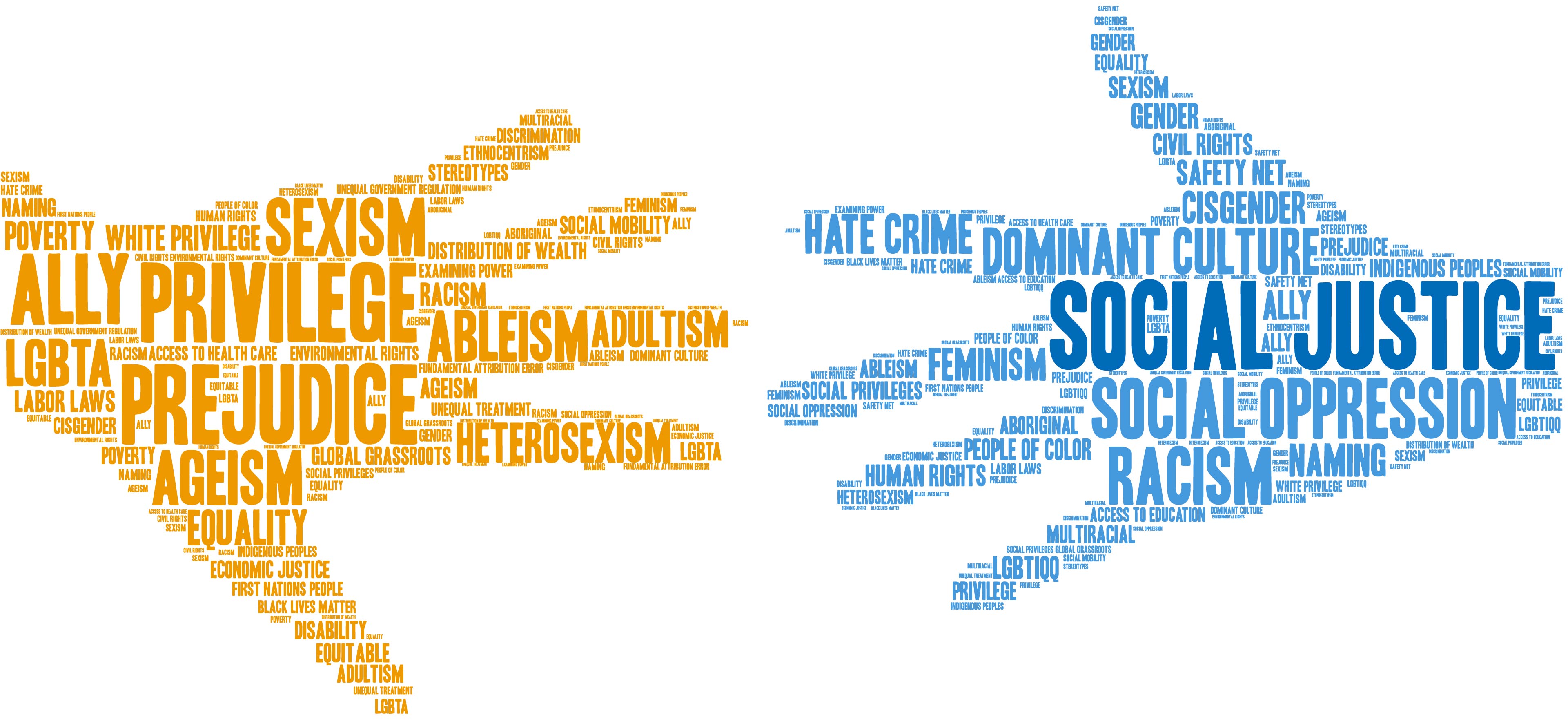About
An important public policy goal is to extend the working lives of older workers by encouraging them to delay retirement. Research has indicated that in addition to experiencing direct age discrimination individuals internalise stereotypes about older people and older workers. When they are themselves older, they may exclude themselves from work situations or career opportunities. Examples of stereotypes include that older workers are less productive and less motivated at work, though at the same time more experienced and wiser. Much of the interpretation of what it means to be older is related to decline and as being less ‘able’ than younger workers. However, the study of dis/abl(e)ism and ageism have largely developed in separation from each other. This project aims to assess the overlap between the two to deepen our understanding and enable the effects of ageism to be tackled more successfully.
Moreover, internalised ageism is hypothesized as related to self-exclusion from the labour market and development opportunities within work. Therefore, internalised ageism may severely hinder the policy goal of extended working lives. By investigating the relationship between internalised ageism and dis/abl(e)ism and self-exclusion this project will investigate the extent to which in addition to discrimination where older workers are excluded by others, older workers may also exclude *themselves*. It is also important to take gender differences into account as men and women have different labour market histories and because research has shown that both ageism and dis/abl(e)ism are gendered.
This project is innovative in that it will assess these relationships by analysing both quantitative and qualitative data. The qualitative dataset allows an exploration of how individuals themselves describe their future working and retirement plans based on internalised ageism and dis/abl(e)ism. The quantitative data will help generalise the findings of the qualitative data as well as testing specific relationships between the variables of interest, such as age, health, dis/ability and gender.
This research will improve our understanding of how ageism and dis/abl(e)ism are related to one another and how it affects self-exclusion. Therefore it will give indications for interventions to increase the labour market participation of older workers and it will suggest which stereotypes are especially detrimental for their employment. The project will involve stakeholders from business and the charitable sectors to work through the implications of this study to produce practical interventions. It is an important aim to ensure that the knowledge generated from this project will not be limited to academic audiences, but will be widely distributed through practitioner and public networks.
